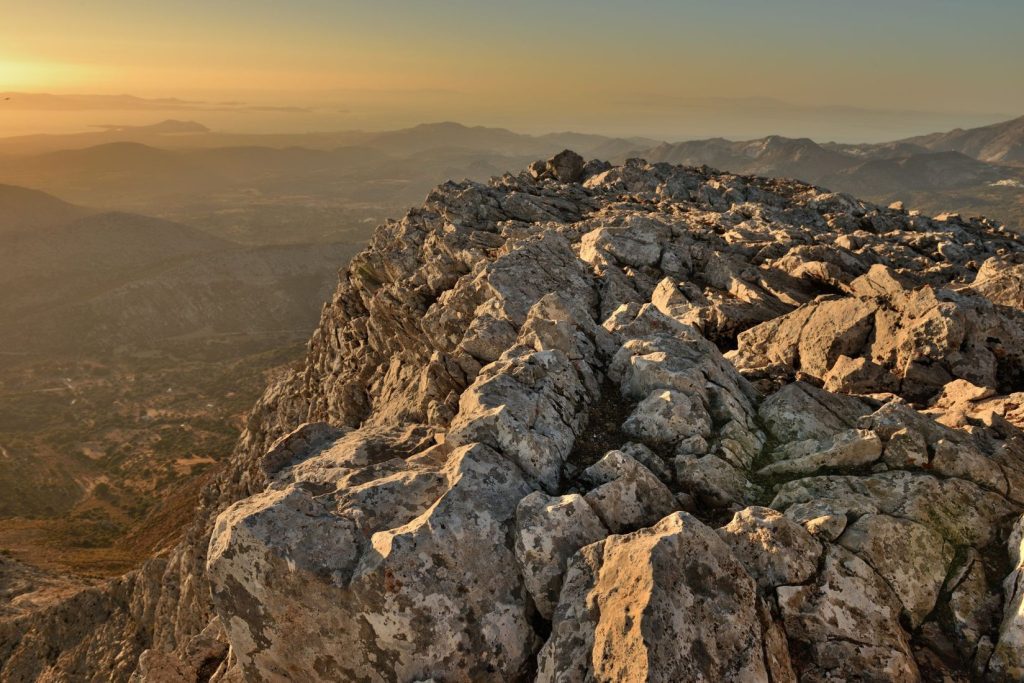Celebrating Love: Unique Valentine's Day Ideas for Every Couple
Valentine’s Day, a day dedicated to love and affection, offers a perfect opportunity to show your significant other just how much they mean to you. Whether you’re in a new relationship, have been together for years, or are enjoying the journey of self-love, February 14th is a day to celebrate love in all its forms. As a blogger passionate about creating memorable experiences, I’ve curated a list of unique Valentine’s Day recommendations to make this year’s celebration unforgettable.
Embark on a Culinary Adventure at Home
Transform your kitchen into a culinary studio and embark on a cooking adventure together. Choose a cuisine that you both love or have always wanted to try, and spend the evening cooking a special meal together. Whether it’s Italian, Japanese, or a fusion of your favorite flavors, the act of cooking together can be incredibly bonding. Set the table, light some candles, and enjoy a romantic dinner you’ve made with love.
Plan a Themed Movie Night
Create a cozy movie theater experience at home with a themed movie night. Select films that align with both of your interests—be it romantic classics, thrilling adventures, or laugh-out-loud comedies. Don’t forget the popcorn and your favorite snacks! Make it extra special by building a fort with blankets and pillows for a nostalgic touch that adds to the charm of the evening.
Take a Virtual Class Together
Learning something new together can be both fun and enriching. With countless online classes available, choose one that sparks your interest—be it a dance class, a cocktail making session, or a pottery workshop. Not only will this provide you with a new skill or hobby, but it’s also a great way to spend quality time together, creating memories that you’ll cherish long after Valentine’s Day.

Explore the Great Outdoors
For couples who love nature, plan a day out exploring the beauty of the great outdoors. A hike through local trails, a picnic in a scenic park, or a leisurely bike ride can be wonderfully romantic. Fresh air, beautiful landscapes, and the tranquility of nature provide a perfect backdrop for deepening your connection and enjoying each other’s company.
Craft a Personalized Gift
In a world of store-bought gifts, something handmade carries a special significance. Spend some time crafting a personalized gift for your partner. It could be a scrapbook of your favorite memories together, a playlist of songs that tell your story, or a hand-painted piece of art. The effort and thought put into a DIY gift often hold more value than the most expensive present.

Valentine’s Day is about celebrating love in all its forms. Whether you’re spending it with a partner, friends, family, or honoring your own company, it’s the perfect occasion to make those in your life feel special and loved. Remember, it’s not about grand gestures or expensive gifts, but the thoughtfulness and love that accompany whatever you choose to do. Here’s to a Valentine’s Day filled with love, laughter, and unforgettable memories!


